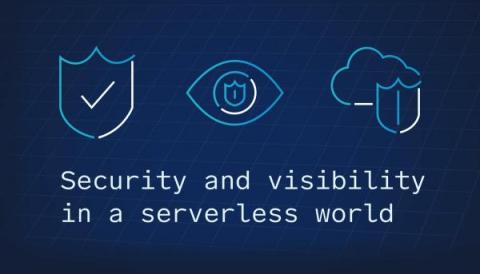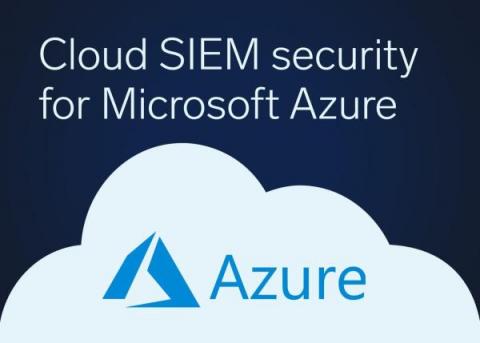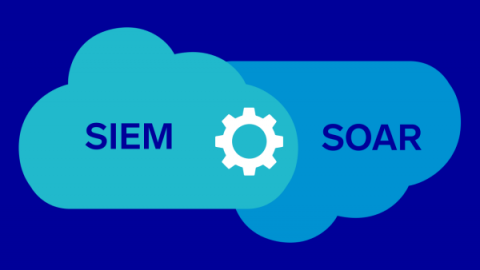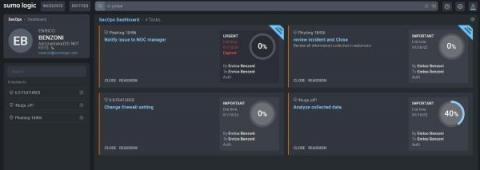Follina - CVE-2022-30190
Monday, May 30th, 2022, Microsoft issued CVE-2022-30190 for a Remote Code Execution vulnerability with the Microsoft Support Diagnostic Tool (MSDT) in Windows: “A remote code execution vulnerability exists when MSDT is called using the URL protocol from a calling application such as Word. An attacker who successfully exploits this vulnerability can run arbitrary code with the privileges of the calling application.








